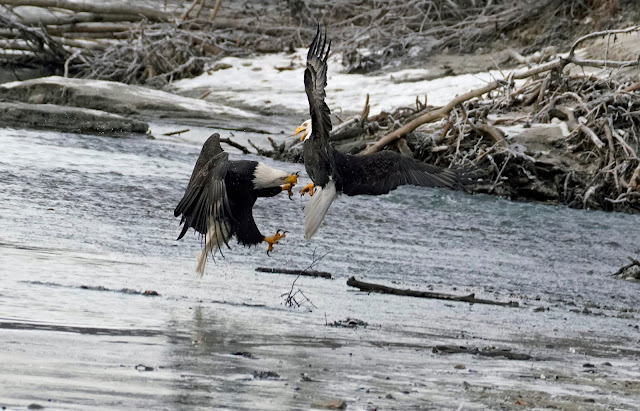Dale Matson
Click On Photographs To Enlarge
Hospital Rock
I have driven into Sequoia Park via
the southern entrance (past the town of Three Rivers) a number of times. In the
Spring, one is greeted with beautiful Yucca Plants lining both sides of the road
called “The Generals’ Highway". And there is the roaring Marble Fork of the
Kaweah River alongside. I have a photo on my wall of the Yuccas on a misty
morning.
I was there yesterday during free time
from a clergy retreat at St. Anthony’s Retreat Center. I was thinking because
it was a relatively clear day, that I would climb Moro Rock for photographs. As
it turned out, there was a construction blockage before Moro Rock.
I found a sweet spot prior to that
near what is called “Hospital Rock”. Hospital Rock is a favorite of local climbers.
By the time you get to that spot, you have already gotten glimpses of Mono Rock
and Alta Peak. There is a parking and picnic area below Hospital Rock which was
named by Hale Tharp an early explorer because of two accidents that needed medical treatment. There is a large
monolithic rock along the strenuous climb to Alta Peak (11,207’) named after
Tharp. http://www.redwoodhikes.com/SequoiaNP/Alta.html
This area was inhabited by the
Potwisha Native Americans. In fact, there were two other tribes in the area, the
Mono and Yokut.
In addition to the view of the
rock, there is a pictograph right across the Generals’ Highway from the parking
area. On that same side of the highway, there is a trail down to the Marble
Fork of the Kaweah River. At the trailhead, there is an informational sign and
several grinding holes in a large rock used by the Native Americans.
There is a lovely viewing platform
constructed of river rock which would be quite a sight in the Spring when the river
is flowing at its height. There are about three other forks to the Kaweah River
that all flow into Lake Kaweah.
Once again, our parks encircle and
preserve both beauty and history. Even a short stop can provide quite an experience.
Photos taken with the Sony RX1R2.
Moro Rock
































































